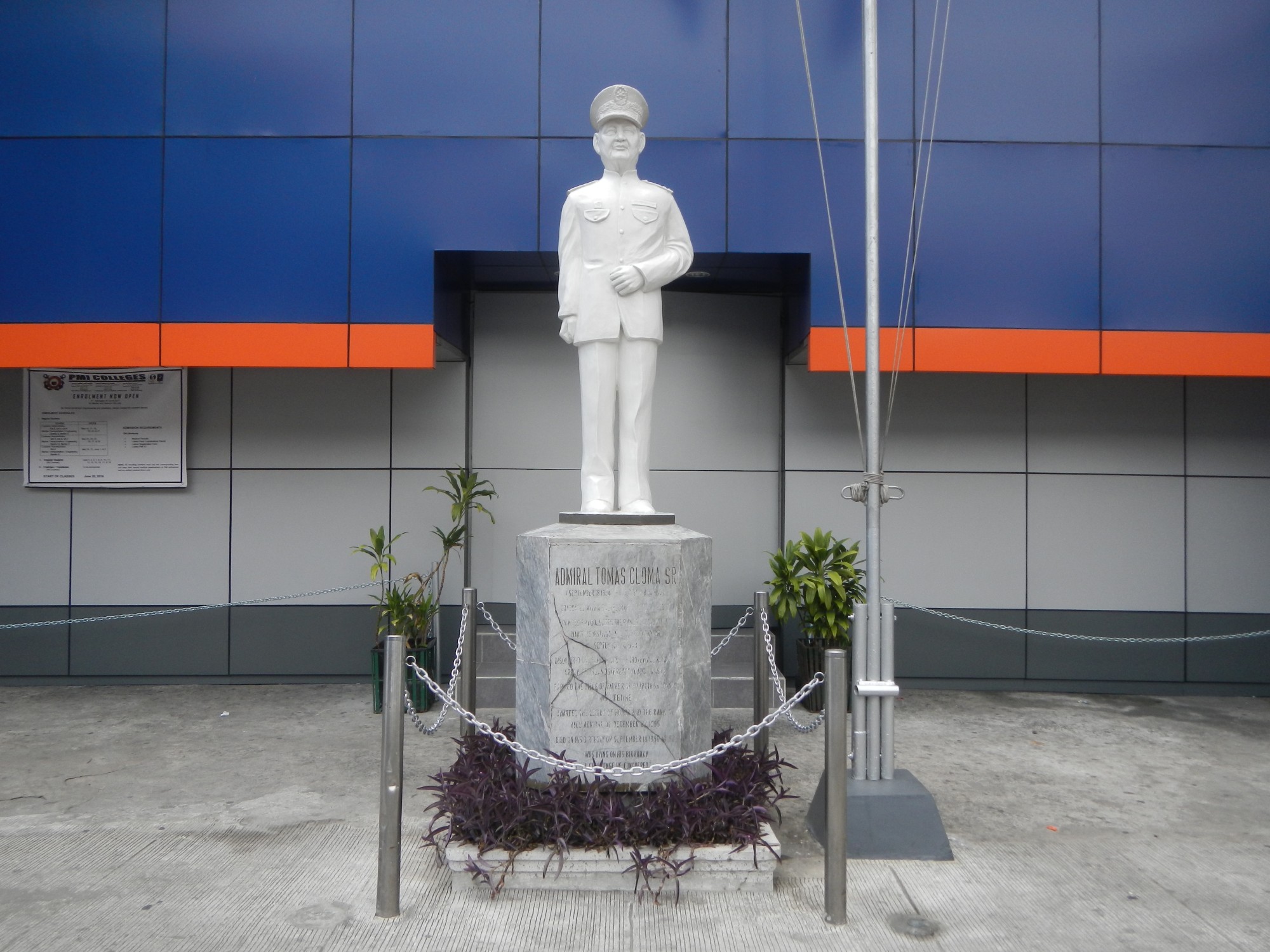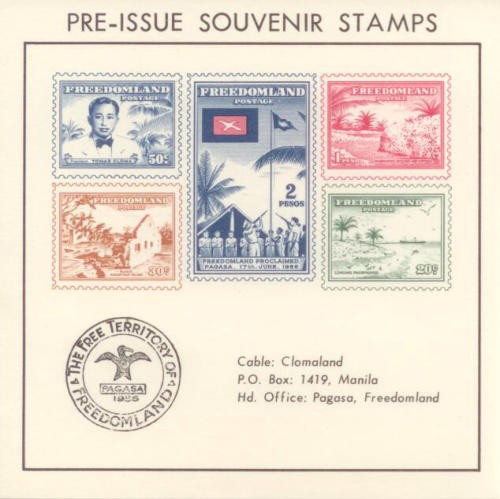The Conquest of Tomás Cloma
In 1956 the Filipino adventurer and fishing magnate Tomás Cloma took formal possession of the Spratly islands, naming them “Freedomland”. His declaration was met with hostile reactions from several neighboring countries.
In 1956 the Filipino adventurer and fishing magnate Tomás Cloma took formal possession of the Spratly islands, naming them “Freedomland”. His declaration was met with hostile reactions from several neighboring countries.

Statue of Tomás Cloma, Quezon City, Philippines.
JudgefloroIn 1947, the Filipino adventurer and fishing magnate Tomás Cloma (1904-1996) found several unoccupied groups of islands in the South China Sea. Cloma, owner of a fishing fleet and a private maritime training institute, aspired to open a cannery and develop guano deposits in the Spratlys. It was principally for economic reasons, therefore, that he ‘discovered’ and claimed the islands.
On May 11, 1956, together with 40 men, Cloma took formal possession of the islands, lying some 612 kilometers west of the southern end of Palawan and named them “Freedomland”. Four days later, he issued and posted copies of his “Notice to the Whole World” on each of the islands as a manifestation of unwavering claims over the territory. On July 6, Cloma declared to the whole world his claim and the establishment of a separate government with its capital on Flat Island (also known as Patag Island).
